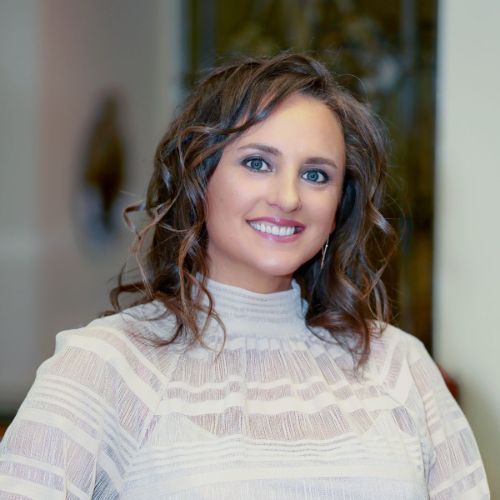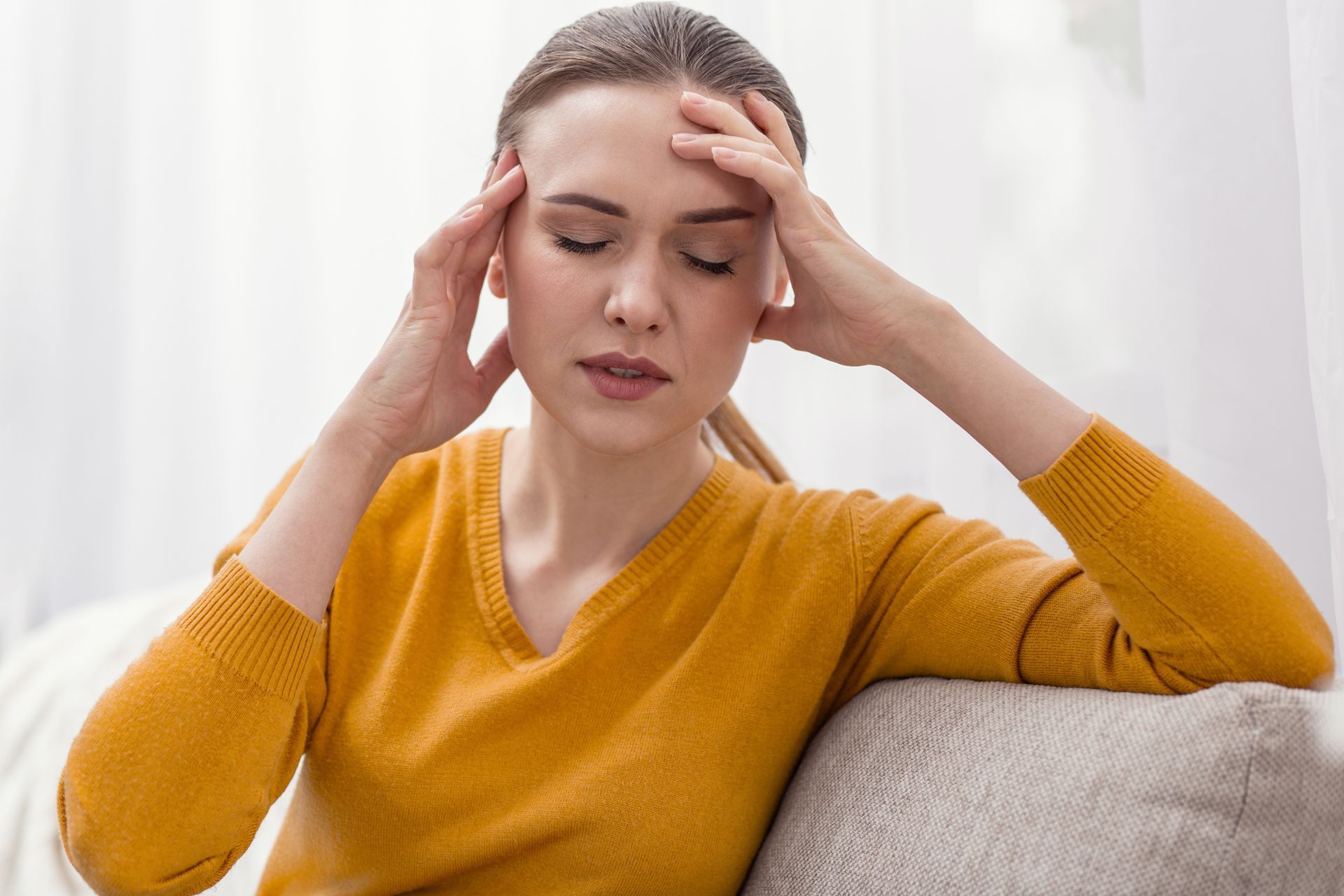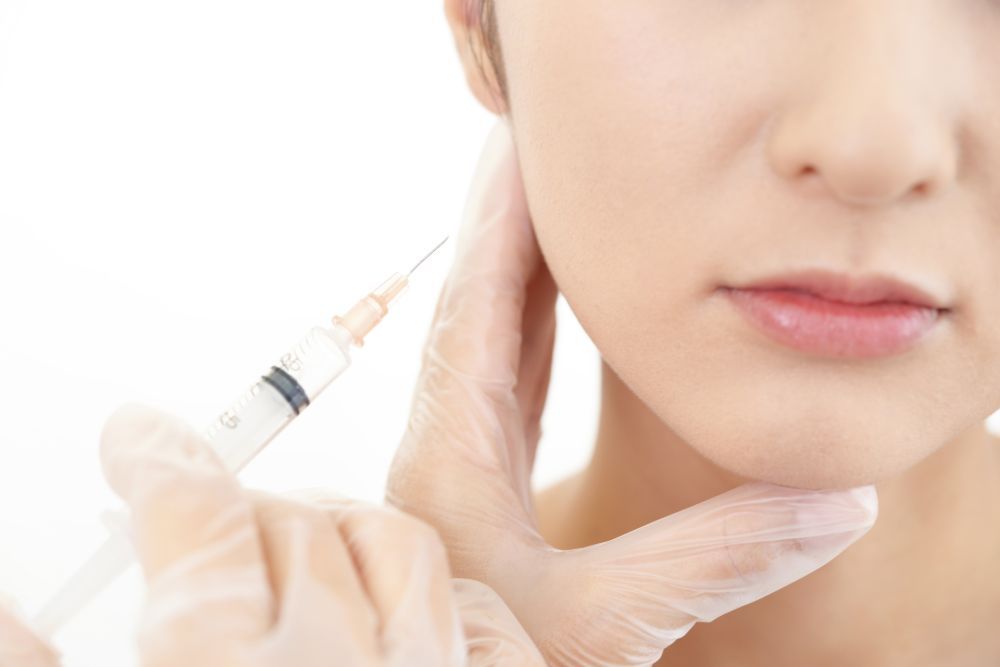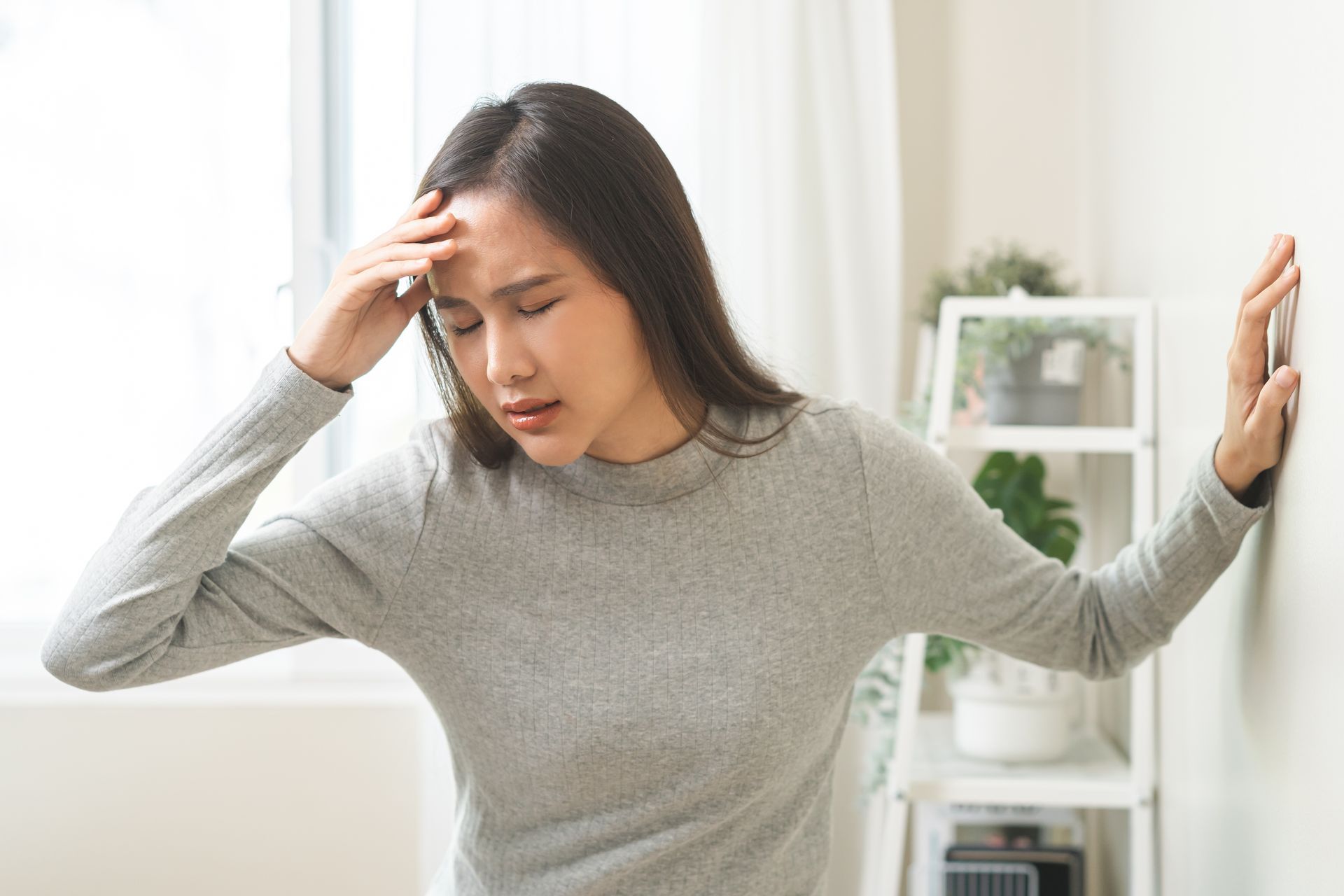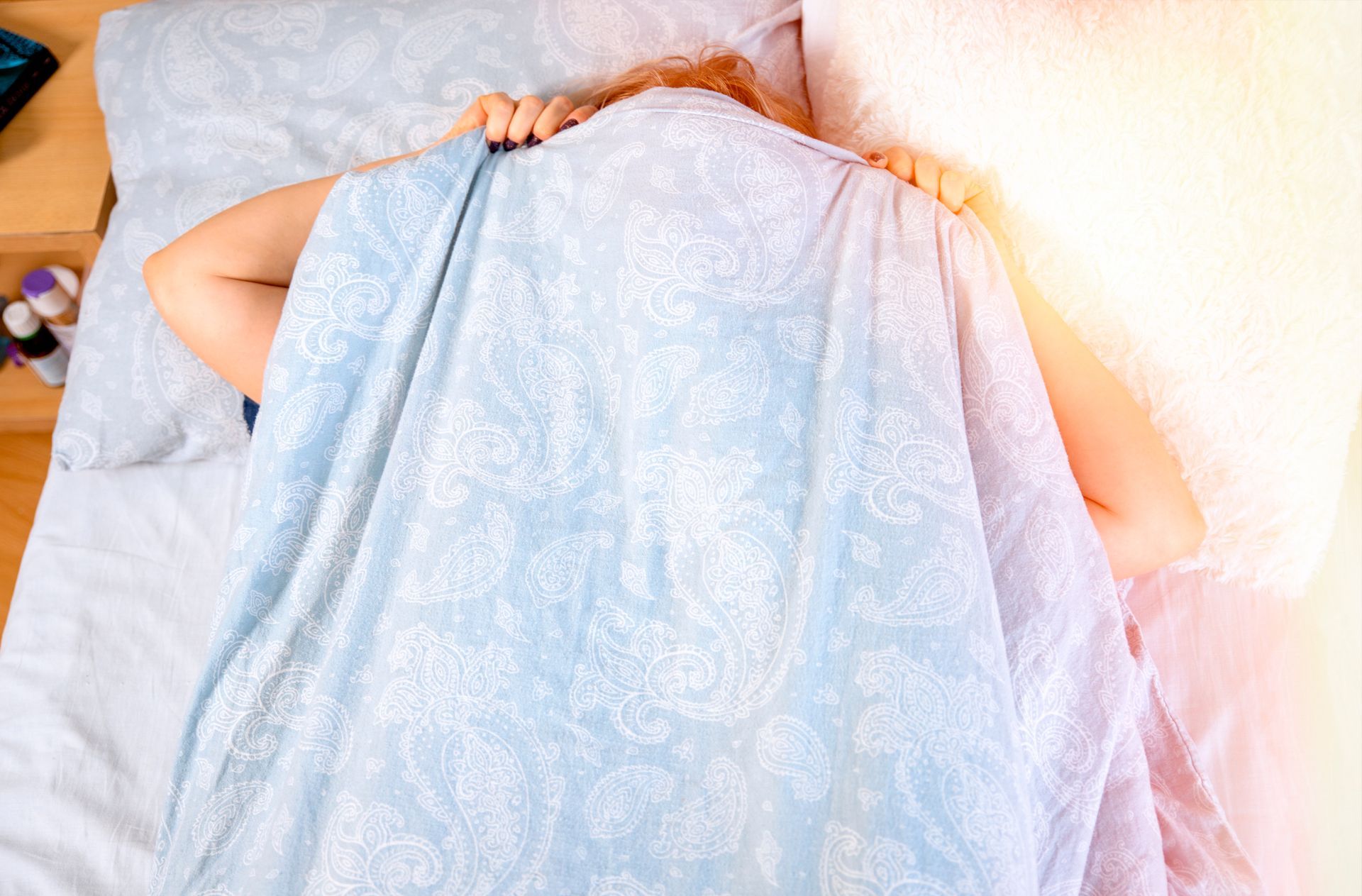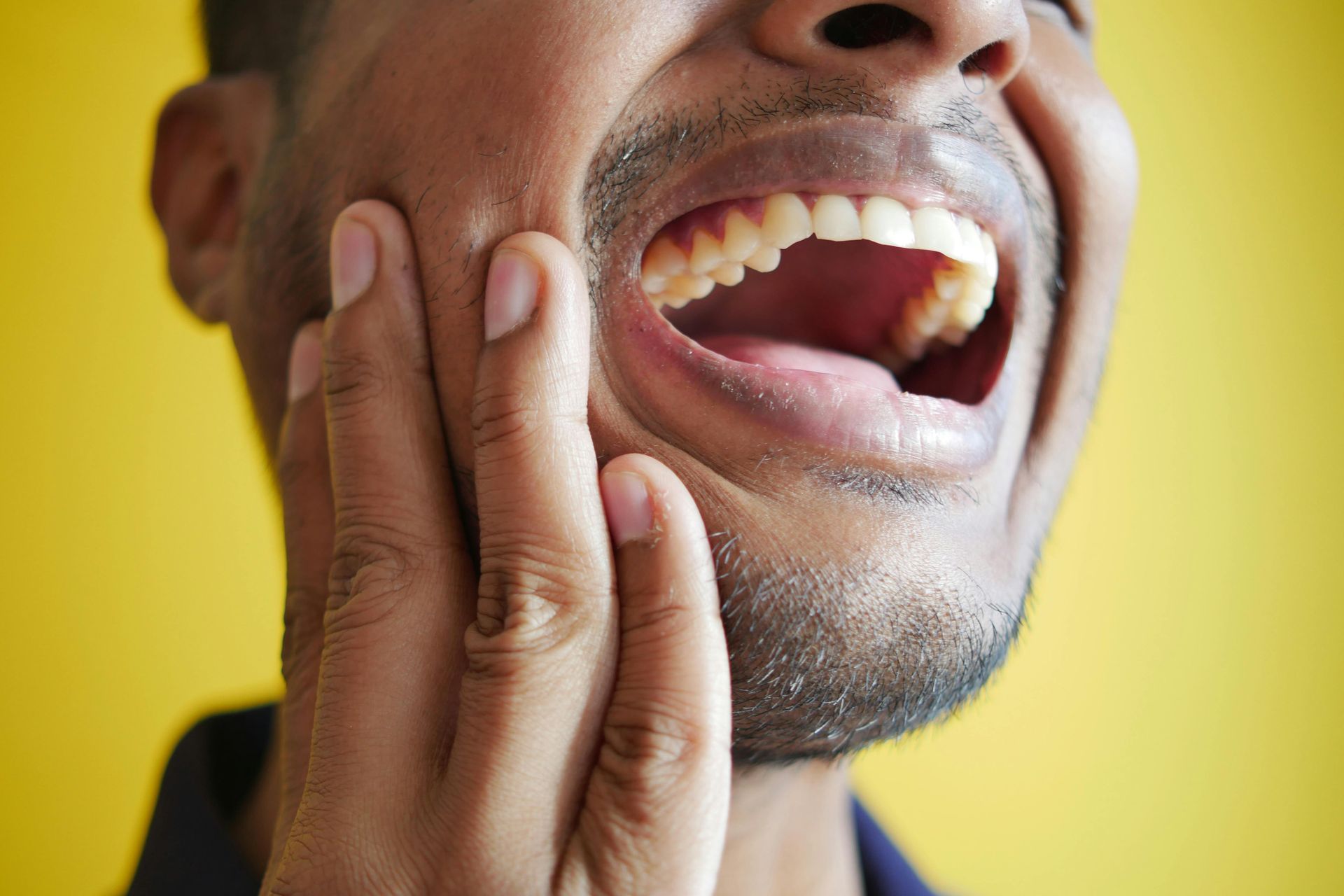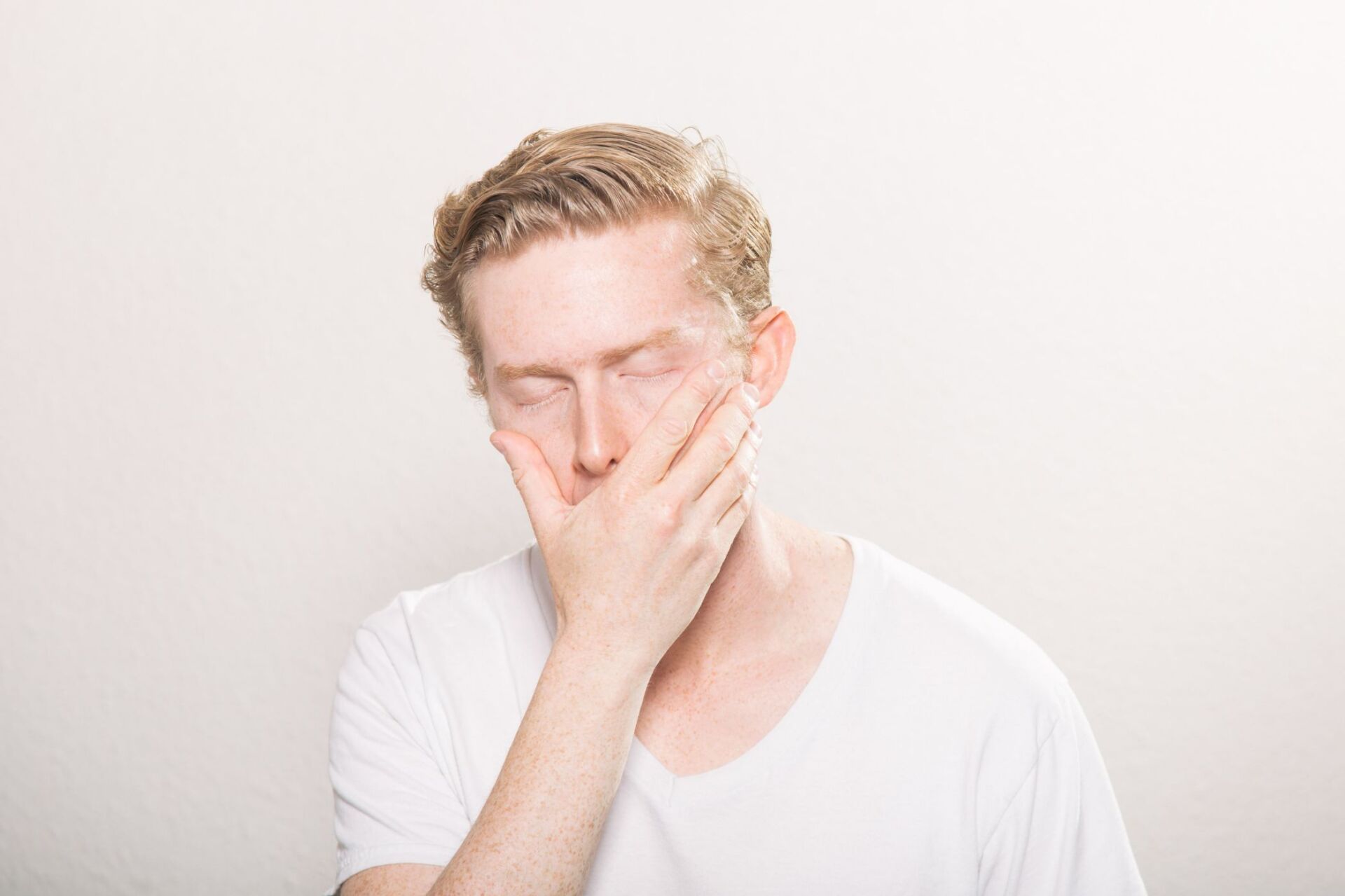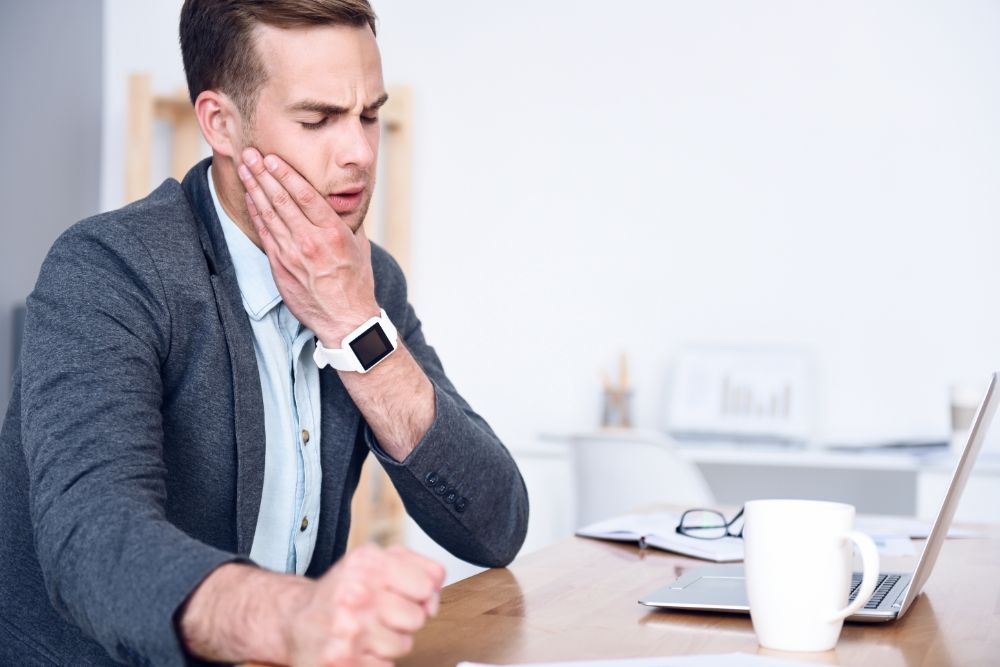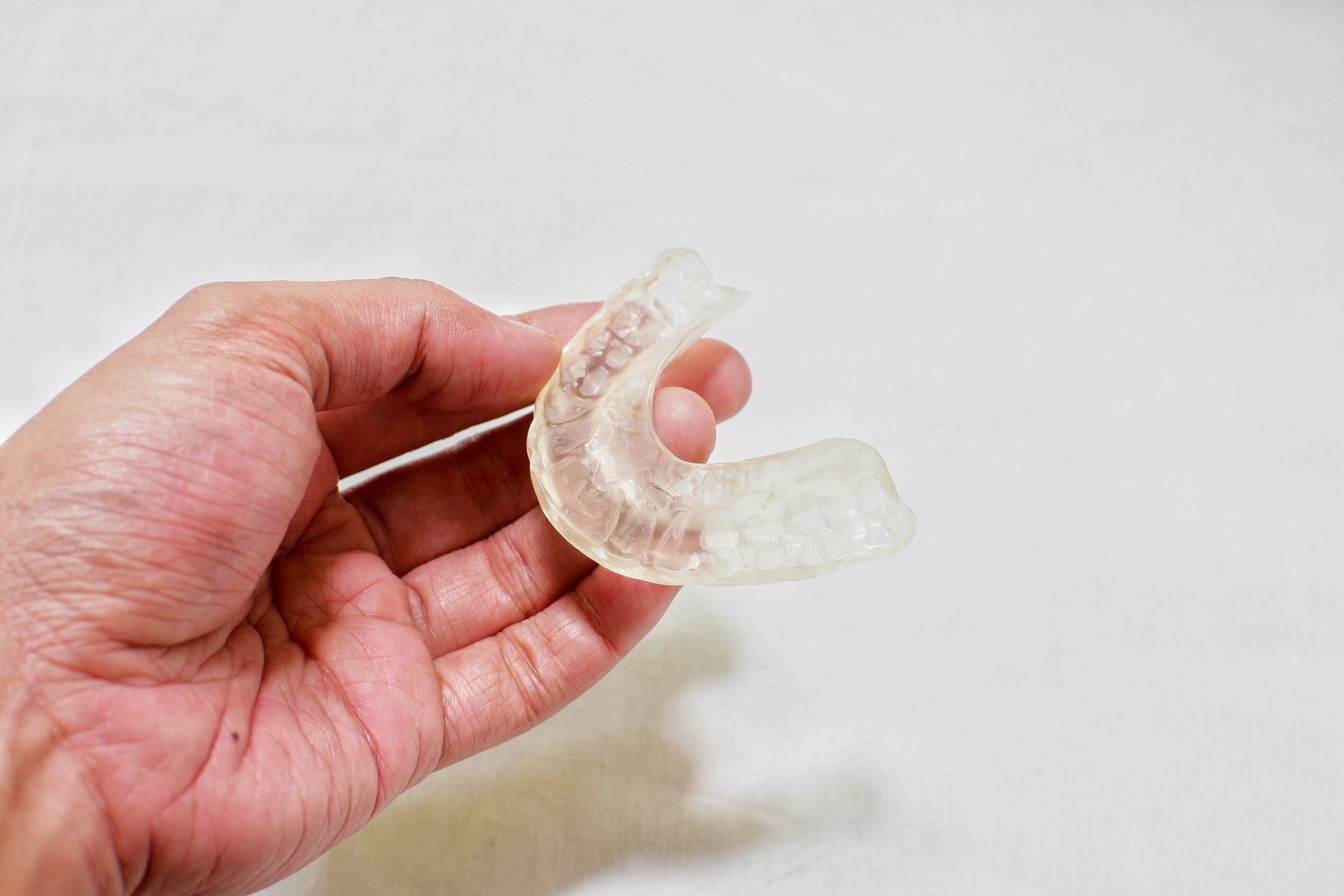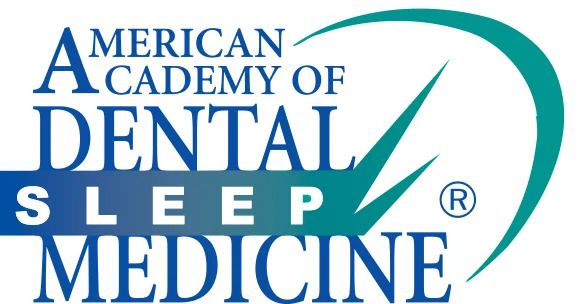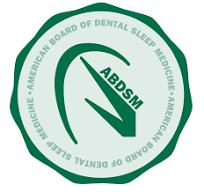The Struggle of Women with Sleep Apnea and Why It’s Underdiagnosed
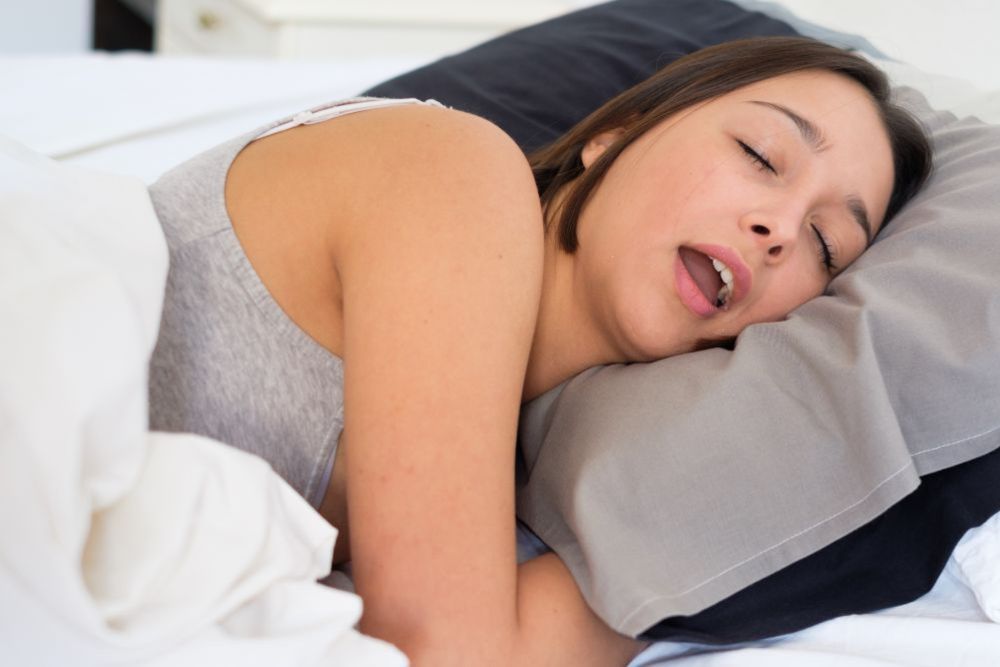
Did you know it's a myth that obstructive sleep apnea (OSA) is just a male health problem? Although many still believe sleep apnea only affects men, it can strike anyone, including women of any age and weight. Experienced experts, such as Dr. Katherine Phillips, are out to break the OSA gender myth, educating women on their risk and how their OSA symptoms can differ from men's.
What is Obstructive Sleep Apnea?
OSA is a serious, potentially life-threatening condition when the soft tissue in the back of the throat collapses or narrows while you sleep, blocking the upper airway. Sensing an interruption in breathing, your brain momentarily awakens you to restart breathing. These awakenings usually happen so quickly the sleeper is unaware.
Pauses in breathing due to OSA can occur 30 times an hour and last between 10 and 30 seconds or longer. OSA deprives the body of blood oxygen, decreasing the oxygen supply to vital organs. It can also lead to harmful carbon dioxide buildup in the body. According to the American Academy of Sleep Medicine (AASM), blood oxygen levels can fall to 40 percent or more in severe OSA cases.
Unfortunately, the stereotypic OSA patient is an overweight, middle-aged male, but research shows that women also suffer from OSA. Unlike men, however, women are less likely to be diagnosed and treated, putting them at greater risk of developing OSA-related medical conditions, including high blood pressure, heart attack, stroke, and atrial fibrillation.
How Common Is Sleep Apnea Among Women?
It is estimated that as many as 26 percent of adults from 30 to 70 years old suffer from obstructive sleep apnea. Although men are twice as likely to have sleep apnea than women, they are diagnosed with the condition nearly eight times more than women. We have known about this gender bias in OSA for some time and that women are also at risk for OSA. A 2013 NIH (National Institutes of Health) study among adults concluded that approximately 13 percent of men and six percent of women have moderate to severe sleep-disordered breathing (SDB), which "fit the criteria for a positive indication of OSA." And here's more shocking information. Although a lower percentage of women than men have OSA, women are much more likely to go undiagnosed. It is estimated that 90 percent of women with OSA are undiagnosed.
Do Women Get the Same Symptoms as Men?
The answer to this question is "yes and no." Some common sleep apnea symptoms that plague men and women alike include loud snoring and observable lapses in breathing by spouses and partners. But data shows that women underreport the signs of loud snoring and witnessed apneas, explaining why some women go undiagnosed. Part of this underreporting may be because women's snoring is often not as loud as men's and goes unnoticed by their partners. Other shared symptoms include excessive daytime sleepiness and waking in the morning with a dry mouth, headaches, and a sore throat. Making choking, gasping, and snorting sounds during sleep also occur in both sexes.
But not every woman with OSA is sawing logs and gasping for breath all night. Women often experience different symptoms than men, which can be more subtle, making it difficult for women and their doctors to attribute them to OSA. These symptoms include insomnia (difficulty falling asleep and staying asleep), restless leg syndrome, nighttime heartburn, frequent bathroom visits, and dream changes. During the daytime, symptoms include feeling overwhelmed, irritable, anxious, or depressed, forgetful and accident-prone, and low energy.
These things, along with our continued belief that only men suffer from OSA, result in the great majority of women with OSA going undiagnosed or misdiagnosed with another condition.
Elevated OSA Risks For Women
Certain factors put women at greater risk of developing OSA. Being overweight, whether you're a man or a woman, elevates risk. But women have their own specific set of risks, including the following.
- Menopause: Twenty percent of women develop OSA during menopause due to associated hormonal changes and fluctuations, according to a report published by the National Institutes of Health (NIH). Postmenopausal women are three times more likely to have moderate or severe OSA compared to premenopausal women. And further connecting OSA and hormonal changes, women who are on hormone replacement therapy are half as likely to have OSA compared with postmenopausal women who are not.
- Pregnancy: Physiologic changes that occur during pregnancy, such as upper airway edema (swelling caused by excess fluid trapped in body tissues), can increase the risk of OSA. Likewise, elevated progesterone and estrogen levels can lead to more considerable negative upper airway pressures, contributing to a higher OSA risk.
- Polycystic Ovary Syndrome (PCOS): Data suggests there is a high prevalence of obstructive sleep apnea (OSA) in women with PCOS due to high androgen and low estrogen levels and increased body fat in the abdominal cavity in PCOS.
Sleep Apnea Treatment For Women
Treatment for OSA varies from person to person. Talk with your physician to determine what treatment options may be best for you, and don't be shy about discussing all of your symptoms. Your doctor may refer you to a sleep medicine physician for a sleep study or, depending on your case, may provide a simplified home test to screen for OSA. Depending on the home test results, you may be referred to a sleep clinic for further testing.
Lose Weight: Obesity is a significant risk factor for OSA, and the severity of OSA increases with the weight increase. If you are overweight, sometimes simply shedding pounds will improve OSA severity or even eliminate OSA.
CPAP: A continuous positive airway pressure (CPAP) machine sends a steady oxygen flow into your mouth and nose as you sleep, which keeps your airway open. Although it is considered a gold standard for treating OSA, it involves wearing a mask connected via tubing to a motorized base. The base unit produces pressurized air and pushes it through the tubing at a steady pressure level.
Unfortunately, compliance is a significant issue for many CPAP users. People often cannot tolerate wearing a CPAP and eventually abandon using it altogether. A practical alternative sleep apnea treatment for mild to moderate OSA is an oral appliance customized and fitted by an experienced, highly trained professional such as Dr. Katherine Phillips. Custom-made oral appliances hold the lower jaw forward, keeping the airway open and preventing the tongue and muscles in the upper airway from collapsing and blocking the airway.
FAQs
Below we’ve highlighted three frequent questions about women and OSA.
- What is the most common misbelief about women and sleep apnea? A major misconception is that women do not have OSA. This is simply untrue, and in fact, a study published in the Journal of Women’s Health suggests that one in four women in the United States may be at risk for developing OSA.
- Can younger women get obstructive sleep apnea? Yes. OSA that occurs in younger women may be attributed to pregnancy, narrow nasal passages and sinus-related issues, being overweight, and surgical menopause.
- Are women who suffer from obesity most likely to develop OSA? Obesity is a recognized risk factor for OSA, but women of regular or below-average weight can also suffer from OSA. So don’t discount OSA simply based on the fact you are not overweight. Age, anatomical issues such as narrow nasal passages, and more also increase your risk of OSA.
Next Steps
If you know or suspect you have obstructive sleep apnea, find out how Dr. Katherine S. Phillips can help you find relief. Schedule an appointment today. She works closely with sleep medicine physicians and other medical specialists to treat OSA and creates individualized treatment plans that include customized oral appliances worn during sleep. A board-certified sleep dentist who holds a Master of Science in Orofacial Pain, Dr. Phllips’ practice is dedicated to treating sleep disorders, including obstructive sleep apnea, as well as TMD. She will develop a customized treatment plan to meet your individual needs best.
-2700x842-1920w.png)




